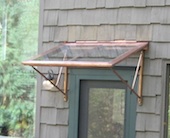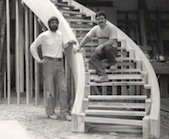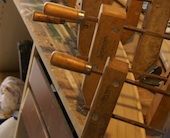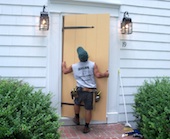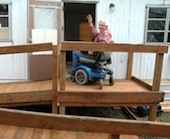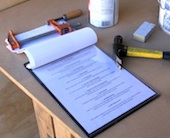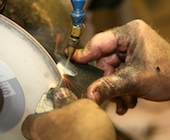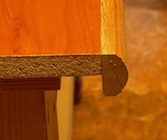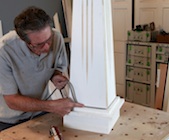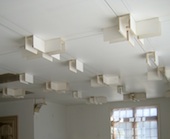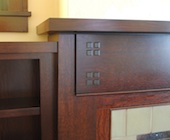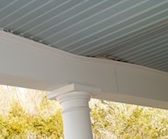A copper rooflet isn’t made of wood, so what’s it doing in THISisCarpentry? Well, working with copper requires a lot of the skills that we use every day working with wood. In this project, the rooflet is meant to “look” like wood, and it serves a purpose that is generally filled by wood. Sure, I use some skills that are not technically considered “carpentry,” but if you’ve ever sweated a pipe-fitting, or made a pan-flashing for a window or door, or flashed a cricket, valley, or chimney, you’ve got the skills. So, brush off that dusty skill set, use your imagination, and apply it to a project that just might be screaming COPPER! Read the full article…
